Cutaneous Neurofibroma Natural History Initiative
Building a uniform, open-source dataset that will act as a baseline against which the impact of potential therapies can be evaluated.
Now recruiting participants for a natural history study of cutaneous neurofibromas in people with NF1
Summary:
A study of the natural history of cutaneous neurofibromas (cNFs) across all age groups to define windows of opportunity for early interventions, identify people most likely to benefit from treatments, and study the optimal methods for monitoring and assessing change over time in cNFs.
For people living with NF1
Watch this 3-minute video on how the study works and how to contact us to participate.
For physicians
Principal investigator: Carlos Romo, M.D.
Eligibility Criteria
- Age: 1 month - 100 years old
- Must have a confirmed clinical diagnosis of NF1
- Ability to travel to Baltimore once yearly for 5 years
- Up to $700 travel reimbursement available for participants not living in Baltimore
More About cNF Natural History Projects
There is great clinical variability in cutaneous neurofibromas (cNFs), making it challenging to design an intervention and prove efficacy. The NTAP cNF Natural History initiative is designed to develop a clearer understanding of the clinical behavior of these tumors and has two key objectives:
- Support the ongoing prospective NF1 natural history study at the Pediatric Oncology branch of The National Cancer Institute.
- Bring together a consortium of global researchers to combine clinically-obtained longitudinal data to assess large numbers of cNFs over time.
Promising new data moving our fundamental understanding of cNFs forward
Three areas of research progress
Whole-body 3D digital photography for better documentation: Initial data from the cNF Natural History study indicates that whole-body 3D digital photography is feasible, reliable and provides durable source documentation in a cohort of people with NF1. However improved automation techniques are required to detect and count cNF via digital images. Evaluation of the sensitivity to change over time and the natural history of cNFs will continue as a larger cohort (N=500) is being recruited and monitored yearly. [CTF Annual meeting 2022, abstract]
Machine learning for better monitoring: The cNF Natural History Study has partnered with experts in computer vision, pattern recognition, and machine learning to develop algorithms that can help better monitor cNFs and understand how these tumors change over time.
3D WB photography supports assessments of cNF burden: A cross-sectional evaluation of the effects of cNFs on quality of life was performed based on the data being acquired as part of the cNF Natural History Study suggests that in a diverse population of people with NF1, 3D WB photography is a reliable method for assessing cNF burden. A moderate-high cNF burden was associated with impact in all QoL domains as assessed by the modified-Skindex tool. However, a significant number of participants reported some impact in QoL despite having low cNF burden. [CTF Annual meeting 2023, abstract]
